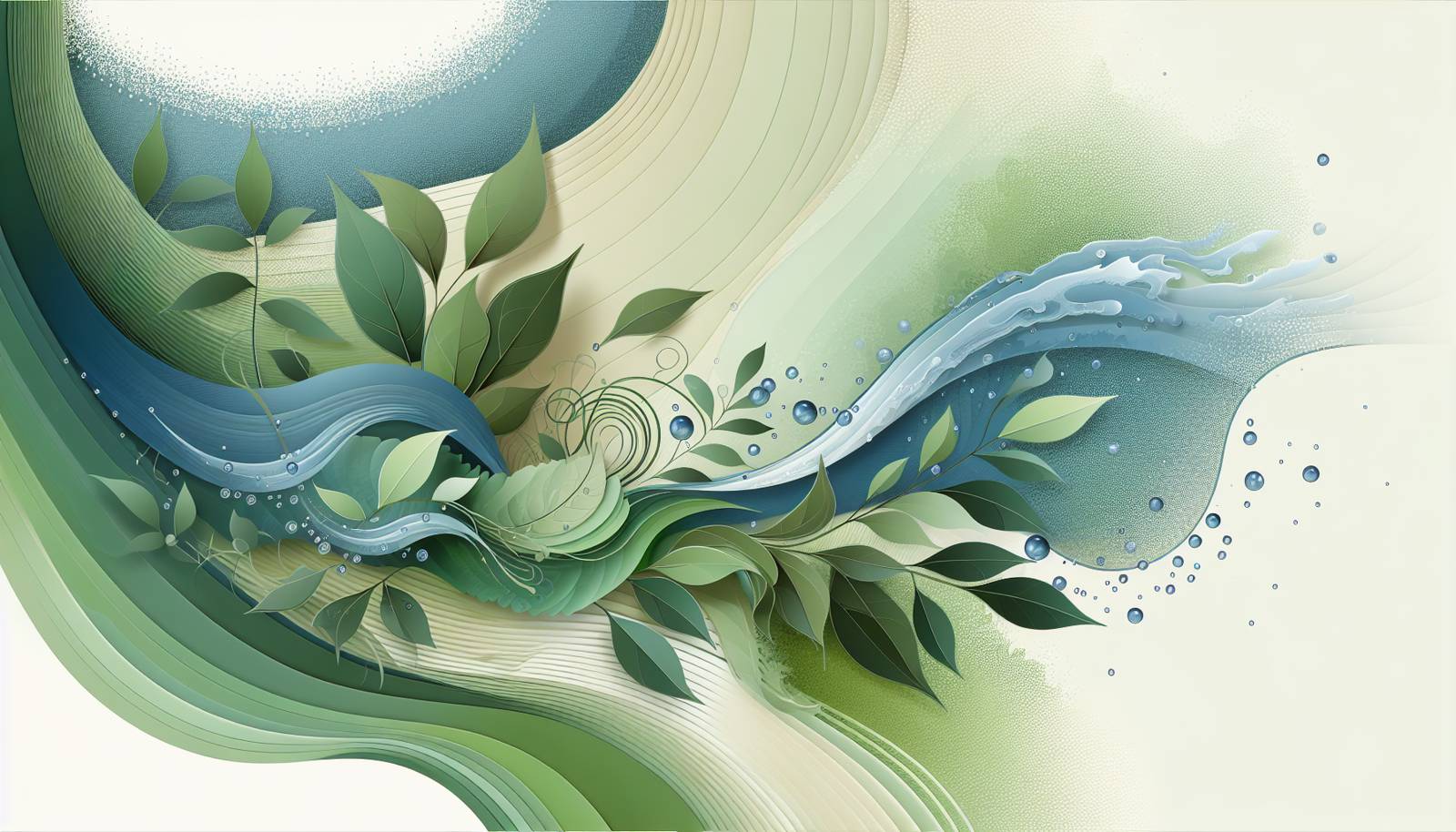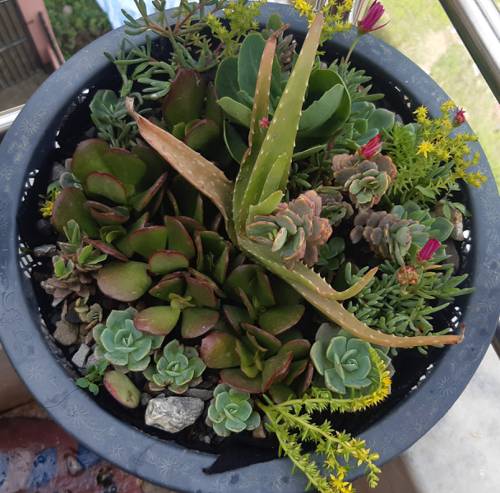
FAQ About Indoor Plant Water Use Efficiency

What is indoor plant water use efficiency?
Indoor plant water use efficiency refers to the optimal use of water by indoor plants to maximize growth and health while minimizing water wastage. It involves managing water input to ensure plants receive adequate moisture without being overwatered, thereby conserving resources and promoting sustainable horticultural practices.

Why is optimizing water use important for indoor plants?
Optimizing water use for indoor plants is crucial because it helps prevent problems like waterlogging or drought stress, which can lead to root rot, reduced growth, or death of the plant. Efficient water use not only conserves water and reduces utility costs but also supports healthier plant growth and reduces the risk of overwatering-associated fungal diseases.

How can I determine the water requirements of my indoor plants?
To determine the water requirements of your indoor plants, consider factors such as the plant species, pot size, potting medium, and environmental conditions (light, humidity, and temperature). Assess the moisture level by sticking your finger about an inch into the soil; if it feels dry, it's time to water. Additionally, research specific needs for different plant species as they vary widely in water requirements.

What methods can improve water use efficiency in indoor plants?
Methods to improve water use efficiency in indoor plants include using self-watering pots, choosing the right potting mix, grouping plants with similar water needs, and adjusting watering schedules based on seasons. Utilizing mulch can also help retain soil moisture.

How does using a self-watering pot enhance water efficiency?
Self-watering pots enhance water efficiency by allowing plants to absorb water from a reservoir as needed, maintaining consistent moisture levels in the soil. This reduces the frequency of watering while minimizing the risk of overwatering, thus conserving water and supporting plant health.

Can grouping plants affect their water use efficiency?
Yes, grouping plants with similar water needs can create a microclimate that reduces overall water use. It helps maintain consistent humidity levels and prevents the need for frequent individual watering, which can lead to either water waste or plant stress if needs are not consistent.

What role does potting mix play in water efficiency?
The potting mix plays a significant role in water efficiency. Well-draining mixes prevent waterlogging, allowing roots to access air and water optimally. Conversely, the right mixes can hold enough moisture, so plants do not dry out too quickly. Tailoring the mix to the plant's natural environment can help maximize water use efficiency.

How does humidity affect indoor plant water needs?
Humidity significantly affects indoor plant water needs. High humidity levels can reduce the rate of water evaporation from the soil, meaning you may need to water less frequently. Conversely, low humidity can increase evaporation rates, requiring more frequent watering to maintain plant health.

What are signs that my indoor plant is being overwatered?
Signs of overwatering include yellowing leaves, wilting despite wet soil, moldy potting mix, and root rot. The plant may also show stunted growth or develop a foul smell from the soil. Regularly checking soil moisture levels can help prevent overwatering issues.

What are the consequences of underwatering indoor plants?
Underwatering can lead to wilting, dry or crispy leaves, and brown leaf tips. Over time, it can cause stunted growth and make plants more susceptible to pests. Ensuring a consistent watering schedule and checking soil moisture can help prevent underwatering.

How can I avoid water wastage when watering indoor plants?
To avoid water wastage, use watering cans with narrow spouts for controlled pouring, water early in the day to reduce evaporation, and ensure pots have drainage holes to prevent waterlogging. Using soil moisture meters can also help determine the right amount of water needed.

Is it beneficial to mist indoor plants to improve water efficiency?
Misting can be beneficial for plants that thrive in high humidity environments, as it temporarily increases humidity around the plant. However, it is not an efficient method for watering, as misting typically only impacts the foliage and not the root system, where water uptake is most vital.

What is the impact of light conditions on watering requirements for indoor plants?
Light conditions greatly impact watering needs. Plants in bright light typically need more water than those in low light because they photosynthesize more, using up water faster. Adjust your watering schedule based on the light exposure your plants receive to enhance water use efficiency.

How often should I water my indoor plants to maintain efficiency?
The frequency of watering depends on plant species, potting mix, pot size, air temperature, and humidity. Generally, most indoor plants should be watered when the top inch of soil feels dry. It's essential to research specific plant needs and adjust according to seasonal changes in the indoor environment.

What tools can help in monitoring indoor plant water needs?
Tools such as moisture meters, hygrometers, and smart plant sensors can help monitor water needs. Moisture meters provide a reading on soil moisture levels, while hygrometers measure humidity, both of which aid in maintaining appropriate watering schedules.

How can climate control systems in homes impact plant water use efficiency?
Climate control systems, such as heating and air conditioning, can impact humidity and indoor temperatures, altering plant water needs. Heating often lowers humidity, increasing watering needs, whereas AC can dry out the air. Adjusting humidity and temperature settings can help optimize plant water efficiency.

Are there particular plant types with higher water use efficiency?
Certain plant types, like succulents and cacti, have evolved to be highly water-efficient, storing water in their leaves and stems. These plants require less frequent watering and are well-suited for environments where water conservation is important.

Can over-fertilization affect water use efficiency in indoor plants?
Yes, over-fertilization can reduce water use efficiency by causing nutrient build-up and potentially leading to plant stress, requiring more water to dilute the excess salts in the soil. It's important to follow recommended fertilization guidelines to avoid such issues.

What are the benefits of using a drip irrigation system indoors?
A drip irrigation system can significantly improve water use efficiency by delivering water directly to the root zone in controlled amounts. This minimizes evaporation losses and ensures that water is applied only as needed, making it a cost-effective and resource-efficient method for indoor plant care.

How does the choice of pot size influence water efficiency for indoor plants?
The size of the pot can influence how efficiently a plant uses water. Larger pots hold more soil and therefore retain moisture longer, reducing the frequency of watering. However, too large a pot can lead to waterlogging, while too small a pot may mean quicker drying out. Selecting the right pot size for the plant is key to maximizing water efficiency.
